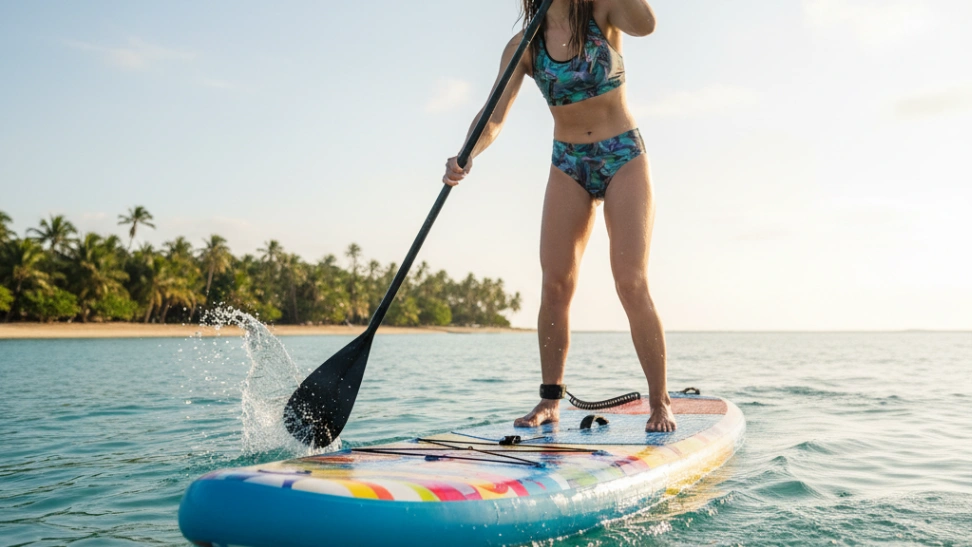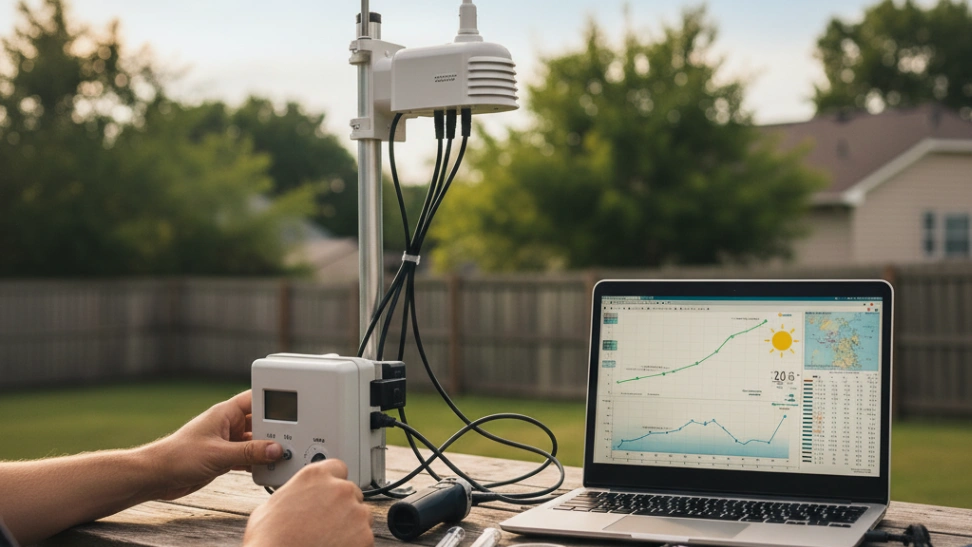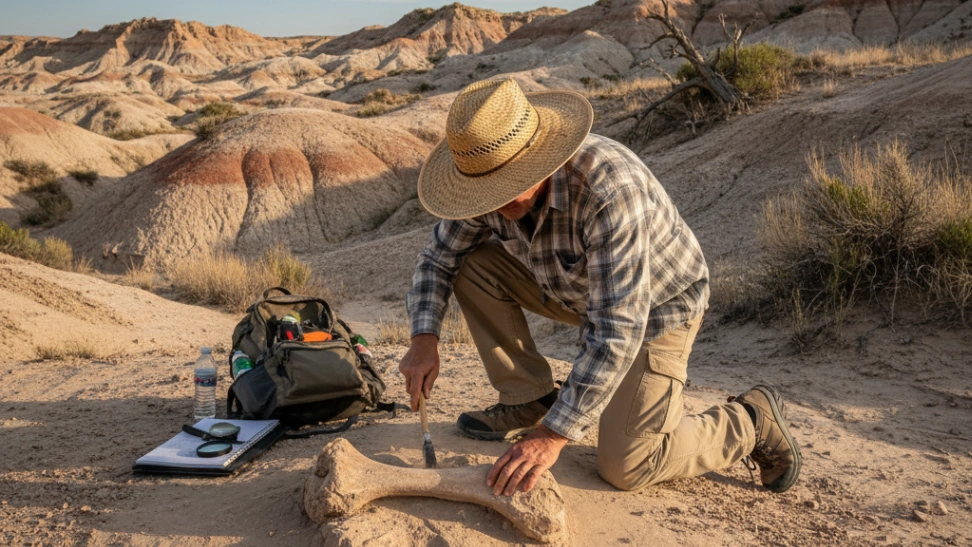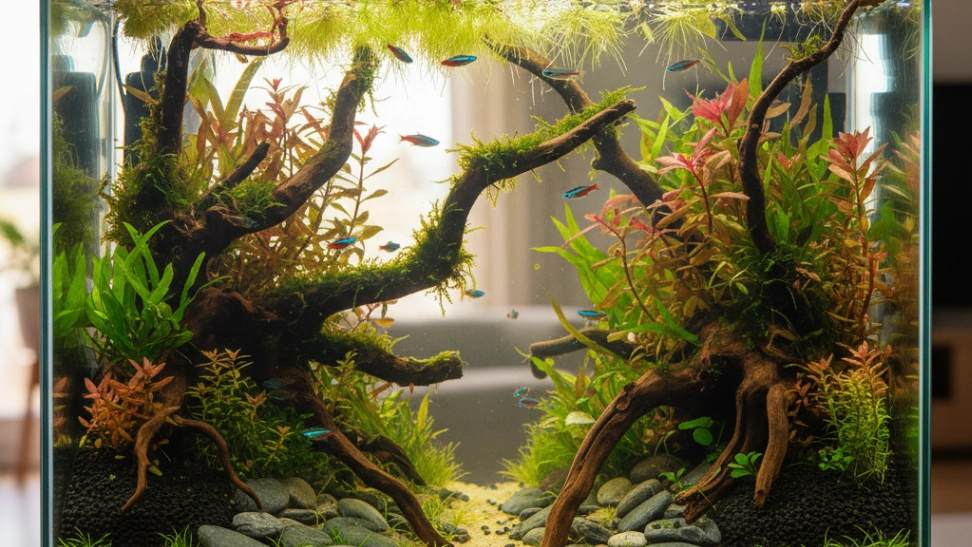The origins of stand-up paddleboarding can be traced back thousands of years to ancient Polynesian cultures, where indigenous peoples used long boards and paddles for fishing, inter-island travel, and even wave riding. Early iterations involved rudimentary wooden boards and simple paddles, serving as essential tools for survival and cultural expression. The modern form of SUP, however, saw a significant resurgence in the 20th century, particularly in Hawaii. In the 1940s and 1950s, surf instructors like Duke Kahanamoku and the Beach Boys of Waikiki would stand on their longboards and use outrigger paddles to get a better vantage point for spotting incoming swells and to guide their students. This practice, initially known as "Beach Boy Surfing" or "Hoe he'e nalu" (to stand, paddle, and surf a wave), gradually evolved. By the early 2000s, legendary surfers like Laird Hamilton and Dave Kalama began using stand-up paddles to train for big-wave surfing on flat days, recognizing the profound fitness benefits and the unique perspective it offered. Their adoption sparked a global phenomenon, transitioning SUP from a niche surfing offshoot to a mainstream recreational activity.
One of the most compelling aspects of stand-up paddleboarding is its incredible versatility and broad appeal. It can be a profoundly calming and meditative experience, allowing individuals to connect with nature on tranquil waters. Imagine gliding silently across a glassy lake at sunrise, observing wildlife undisturbed, or navigating a gentle river with the soothing sounds of flowing water as your backdrop. This aspect appeals to those seeking peace, mindfulness, and a break from the hustle and bustle of daily life. Conversely, SUP can also be an exhilarating and challenging sport. Competitive racing has grown exponentially, featuring various disciplines from sprint races to grueling endurance events. SUP yoga offers a unique twist, testing balance and core strength while floating on water, enhancing the serenity of the practice. For the adventurous, SUP surfing combines the thrill of traditional surfing with the added stability and paddle power to catch waves, while SUP fishing opens up new possibilities for anglers to access secluded spots.
Beyond recreation, stand-up paddleboarding offers significant physical and mental health benefits. It is a highly effective full-body workout, engaging the core, arms, shoulders, back, and legs simultaneously to maintain balance and propel the board. This low-impact exercise improves cardiovascular fitness, builds strength, and enhances flexibility without putting undue strain on joints. The constant micro-adjustments required to stay upright significantly boost core stability and proprioception, leading to improved balance in everyday life. Mentally, spending time outdoors on the water has been scientifically linked to reduced stress, improved mood, and enhanced cognitive function. The natural environment provides a sense of calm and escape, while the physical exertion releases endorphins, contributing to overall well-being. It’s an activity that combines physical challenge with mental relaxation, making it a holistic pursuit for many.
Getting started with stand-up paddleboarding is surprisingly straightforward, contributing to its rapid growth. While a quality board and paddle represent the primary investment, inflatable SUPs have made the sport even more accessible, offering portability and easier storage compared to rigid boards. Beginners typically start on calm, flat water to master the basic paddle strokes and balance techniques. Many local paddle shops and rental services offer lessons, which are highly recommended for learning proper form and safety protocols. Essential gear includes a personal flotation device (PFD), a leash to keep the board close if you fall off, and appropriate clothing for the weather and water temperature. Understanding local regulations, weather patterns, and water conditions is paramount for a safe and enjoyable experience. As you progress, you can explore advanced techniques, longer distances, or specialized activities like SUP yoga or racing, constantly discovering new facets of this engaging water sport. The community around SUP is often welcoming and supportive, with local clubs and online forums providing ample opportunities to connect with fellow enthusiasts, share tips, and embark on group paddles. This sense of community further enriches the experience, transforming a simple activity into a shared passion.



